Tough-as-Nails Shrubs for Gardens That Get Thirsty
I’ve spent more than two decades with my hands in the dirt, designing landscapes everywhere from the bone-dry deserts of the Southwest to the muggy, drought-prone summers in the Southeast. And if there’s one thing I’ve learned, it’s this: a beautiful garden that can handle a dry spell isn’t about finding some magical plant that never needs water. It’s about a simple, powerful idea: putting the right plant in the right place.
In this article
You see those “drought-tolerant” tags at the nursery all the time, right? Here’s what they really mean: the plant can handle dryness after it’s fully settled in. That getting-settled-in phase, which usually takes one to two years, is where you come in. It’s all about smart choices, good planting habits, and a little bit of know-how. Success isn’t about luck.
So, forget the idea of a barren, rocky yard. A water-wise garden can be vibrant, colorful, and absolutely teeming with life. This isn’t just a plant list; it’s the playbook I use as a pro to make it happen, every time.
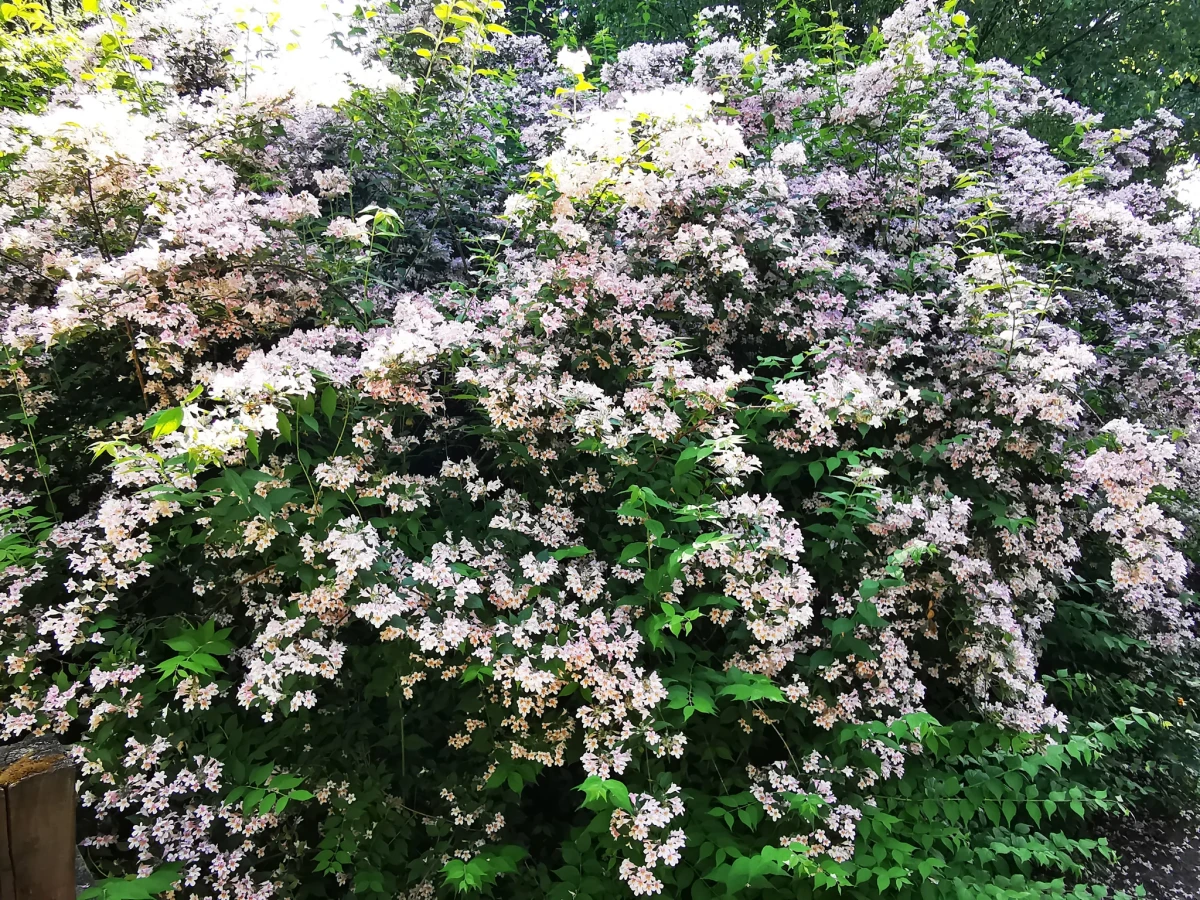
Why Some Plants Just Don’t Quit: The Survival Playbook
Before you even think about grabbing a shovel, it’s super helpful to understand why certain shrubs laugh off a dry spell while others wilt at the mere thought of it. It’s not magic, it’s just brilliant design. Knowing this stuff will instantly make you a better gardener.
It All Starts with the Roots
Honestly, the most important action happens where you can’t even see it. A plant’s roots are its entire support system for finding water. The tough ones usually have one of two amazing strategies:
- The Deep Divers: Some plants, like a lot of prairie natives, send down a single, super-strong taproot that pushes way past the dry topsoil to find moisture deep underground. These guys are champions of resilience once they’re established, but it also means they hate being moved. Mess up that main root, and it’s game over.
- The Wide Netters: Other shrubs create a huge, sprawling network of thin, fibrous roots right under the soil surface. This system is perfect for catching every single drop from a quick rain shower before it can evaporate. Think of plants like junipers—they’re so good at this they’re often used to control erosion.
Leaf and Stem Tricks
A plant’s leaves are where it loses most of its water. To fight this, drought-busters have evolved some cool features you can often see and feel right at the nursery:
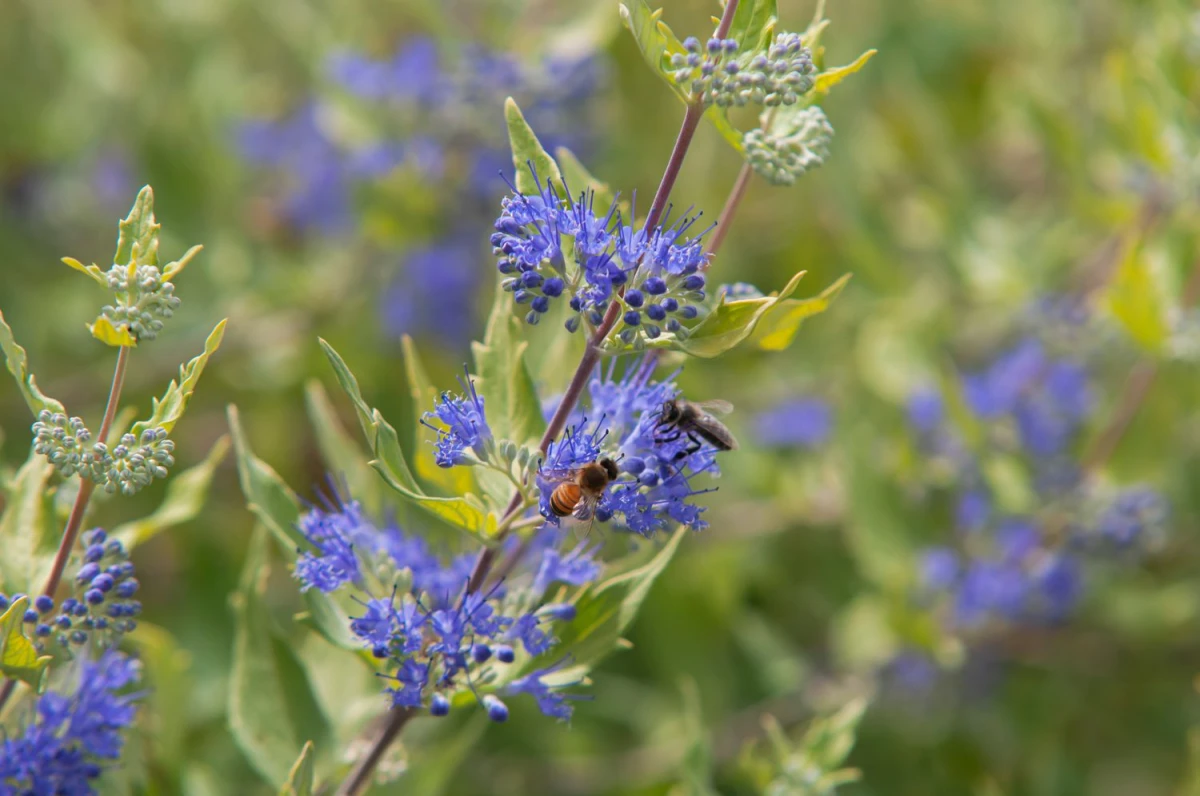
- Tiny or Needle-Like Leaves: Less surface area means less water escaping. It’s the whole strategy behind conifers like pines and junipers.
- Waxy, Glossy Coats: A thick, waxy coating basically seals moisture inside the leaf. You can see this shine on plants like Indian Hawthorn.
- Silver or Fuzzy Foliage: Ever notice how plants like Russian Sage have silvery, almost fuzzy-feeling leaves? That light color and those tiny hairs reflect sunlight, keeping the plant cooler and slowing evaporation.
- Built-in Water Tanks: We all know succulents store water in their leaves, but some woody shrubs do it too, stashing moisture in their stems to survive the dry times.
The Foundation: Planting for Success (Don’t Skip This!)
I cannot stress this enough: how you plant your shrub is more important than almost anything else. A top-of-the-line, expensive plant shoved into a poorly prepped hole is just a waste of money. The problem is almost never the plant; it’s the planting process.
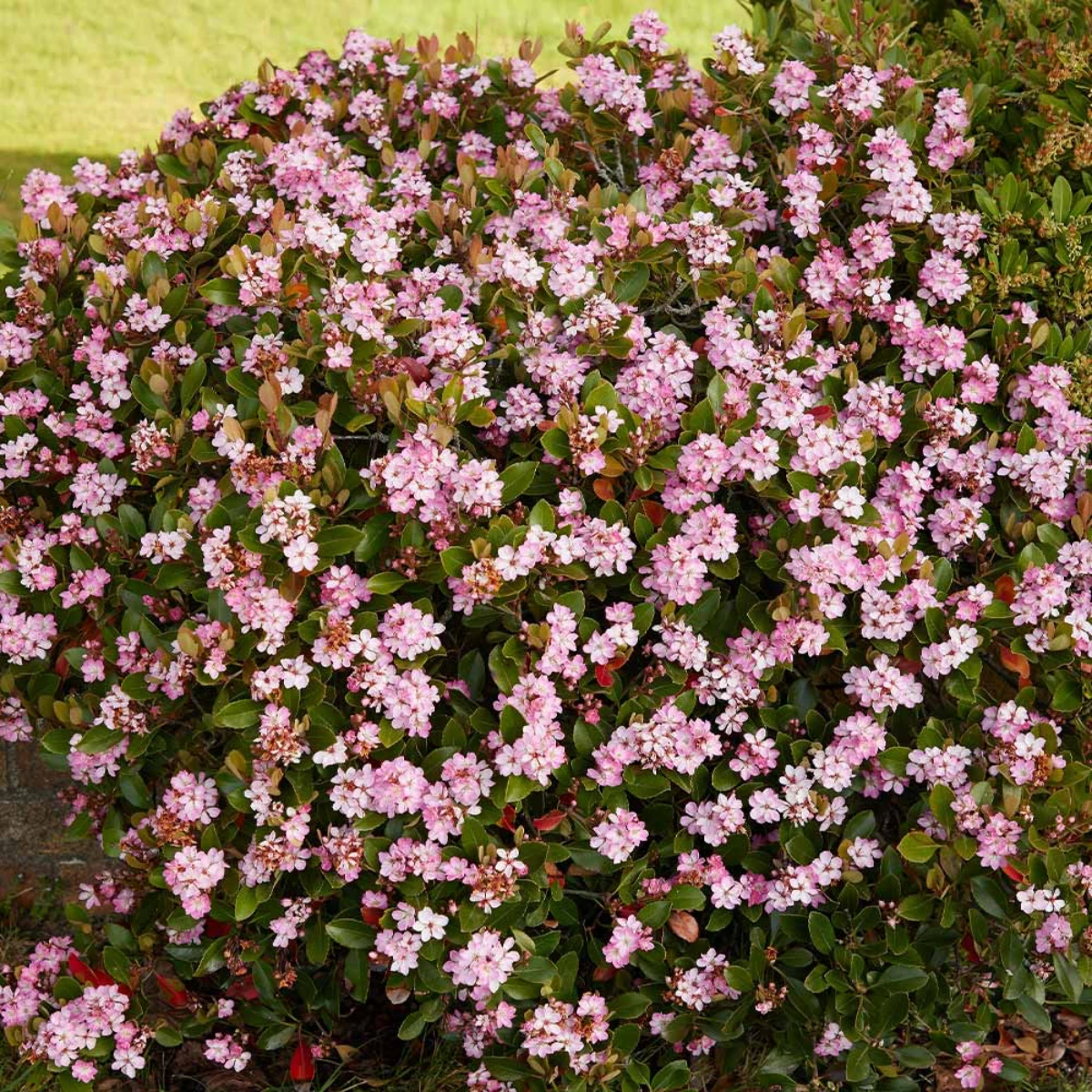
But first, when should you even be doing this? You’ve got two main windows: spring or fall. Spring is great because the plant has the whole growing season to get established. Fall planting is my personal favorite in many climates because the cooler air is less stressful on the plant, and the warm soil encourages root growth right through the winter. A heads-up for colder zones, though: fall planting might be risky for less-hardy shrubs.
What You’ll Need
Before you start, get your gear together. There’s nothing worse than having to stop mid-project.
- A good pointed shovel
- Gardening gloves (your hands will thank you)
- The shrub itself (plan on $20 for a 1-gallon pot to $75+ for a larger 5-gallon one)
- A 2-3 inch layer of organic mulch, like pine bark or shredded hardwood
- A hori hori knife or old steak knife (optional, but a lifesaver for root-bound plants)
The Step-by-Step Planting Guide
Alright, let’s do this right. Plan on about 45-60 minutes per shrub. Don’t rush this part!
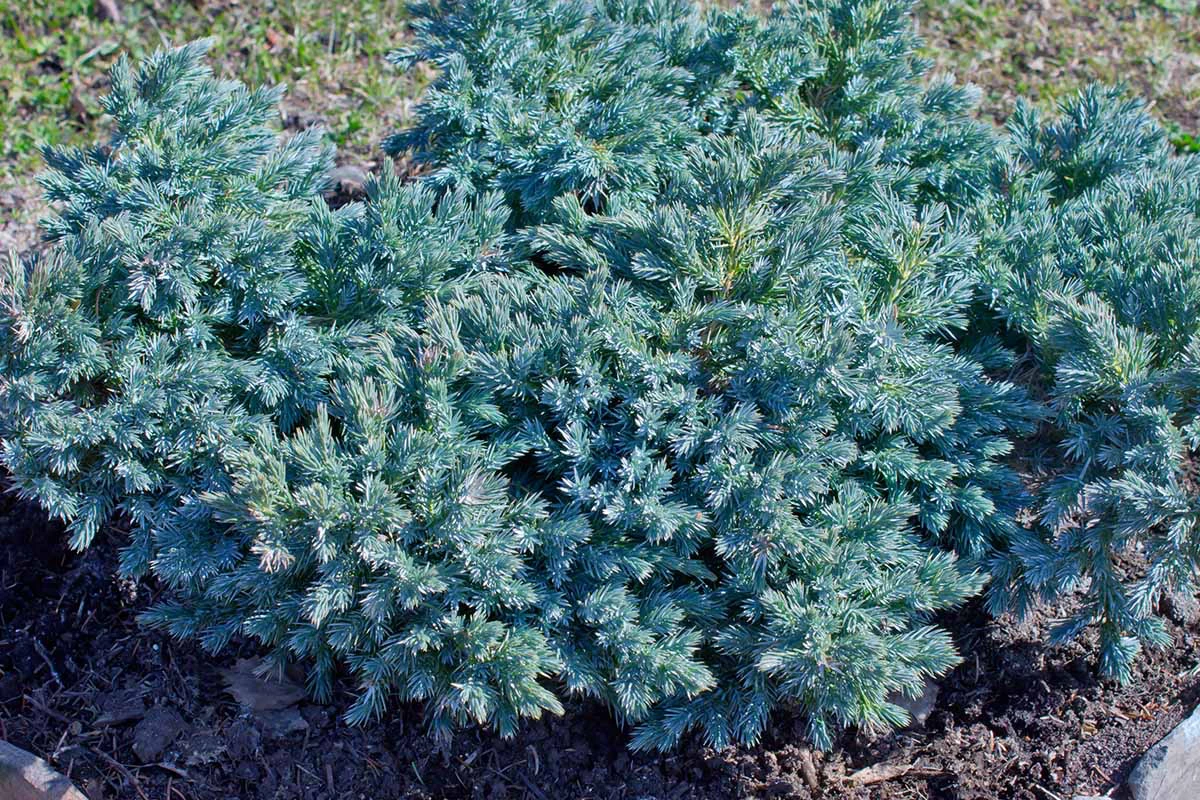
1. Get to Know Your Soil: You can’t fix what you don’t understand. The best money you can spend is on a soil test from your local university extension office. It’s usually only about $15-$30 and tells you everything: your soil’s texture, pH, and organic matter. It’s a roadmap for success. For a quick-and-dirty test you can do right now, try the “ribbon test.” Grab a handful of moist soil and squeeze it. Try to push it between your thumb and forefinger to form a ribbon. If it forms a long, strong ribbon, you’ve got heavy clay. If it just crumbles, it’s sandy. It’s a great starting point!
2. Dig a Proper Hole: The rule is to dig the hole two to three times WIDER than the pot, but NO DEEPER. This is critical. If you dig too deep, the soil settles, the shrub sinks, and water pools around the trunk, causing it to rot.
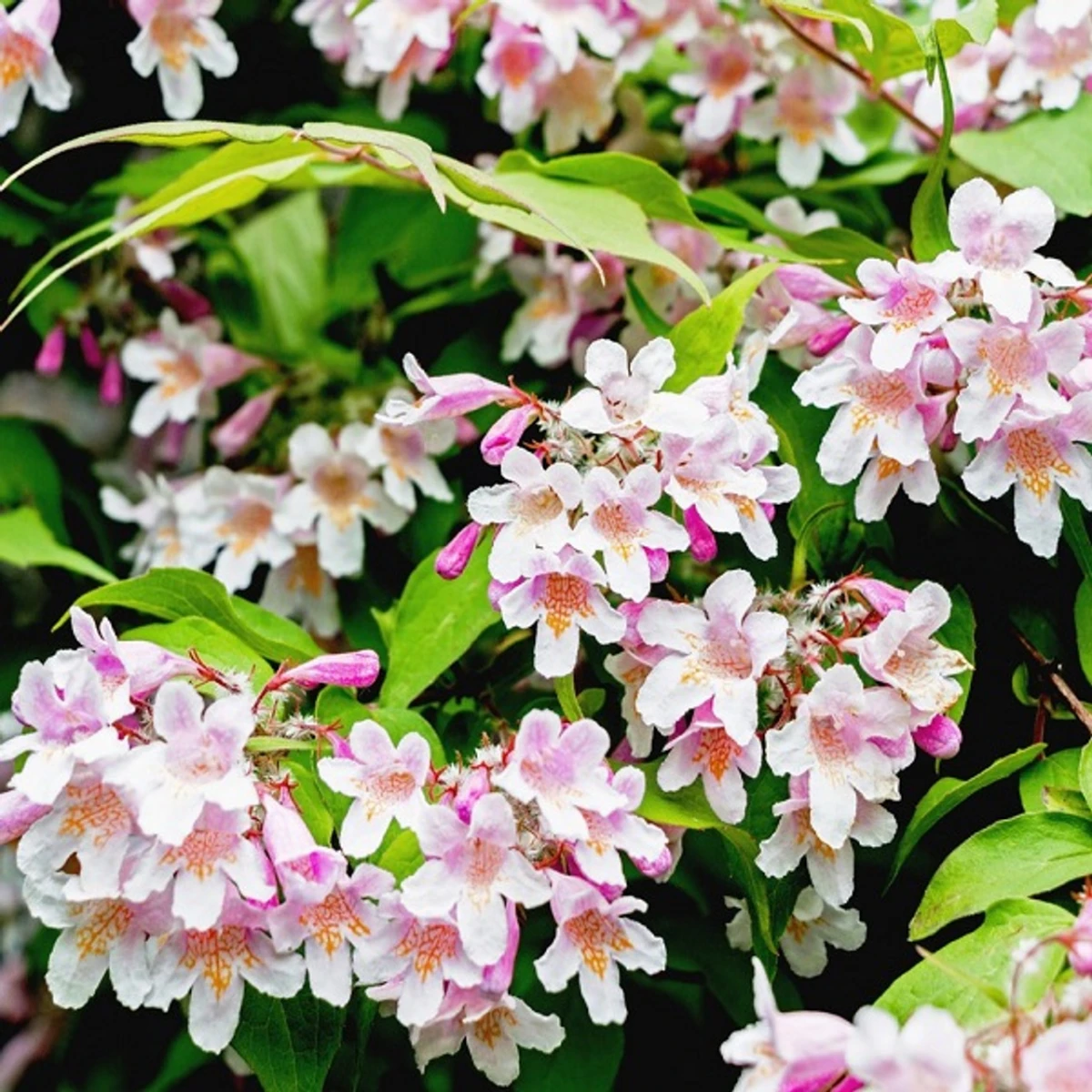
3. Find the Flare: Gently slide the shrub out of its container. See where the trunk starts to widen out just before the roots begin? That’s the root flare. This MUST sit at or even slightly above the level of the surrounding ground. Planting too deep is one of the most common ways people accidentally kill their new plants.
4. Untangle the Roots: If the roots are a tangled, pot-shaped mess (we call this root-bound), you have to fix it. Use your fingers or a knife to gently tease them apart. For really dense roots, I make four or five vertical slices down the sides of the root ball. This tells the roots to grow out, not to keep circling around and strangling themselves.
5. Backfill and Water In: Use the soil you dug out of the hole to fill it back in. Don’t dump a bunch of fancy compost just in the hole; that can create a “bathtub effect” where water gets trapped. As you add soil, gently pat it down to remove air pockets. Once it’s full, water it thoroughly to help everything settle.
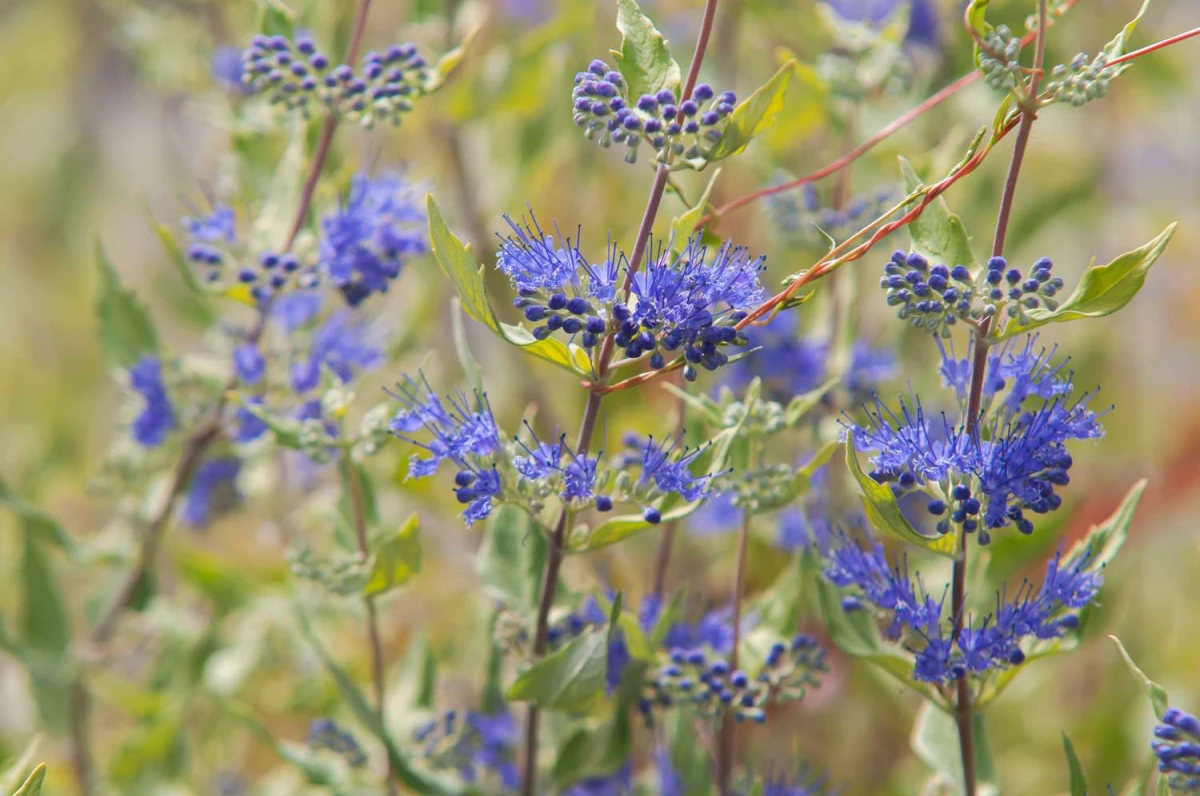
The Non-Negotiable Finishing Touch: Mulch
A 2-to-3-inch layer of organic mulch is your best friend. It holds in moisture, keeps the soil cool, smothers weeds, and slowly improves your soil as it breaks down. But please, follow the one crucial rule: DO NOT pile mulch up against the trunk like a volcano. This traps moisture and invites rot and disease. Always leave a little 2-inch donut hole of space around the base of the plant.
The First-Year Watering Plan
So what does “consistent watering” during that first year actually mean? Here’s a simple recipe to follow:
- Weeks 1-2: Water deeply every 2-3 days to help it recover from transplant shock.
- Months 1-2: Back off to one deep watering per week, unless you get a good, soaking rain.
- The Rest of the First Year: Before you water, check the soil. Stick your finger an inch or two down. If it’s dry, give it a good soak. If it’s moist, leave it alone. This teaches the roots to go deep in search of water.
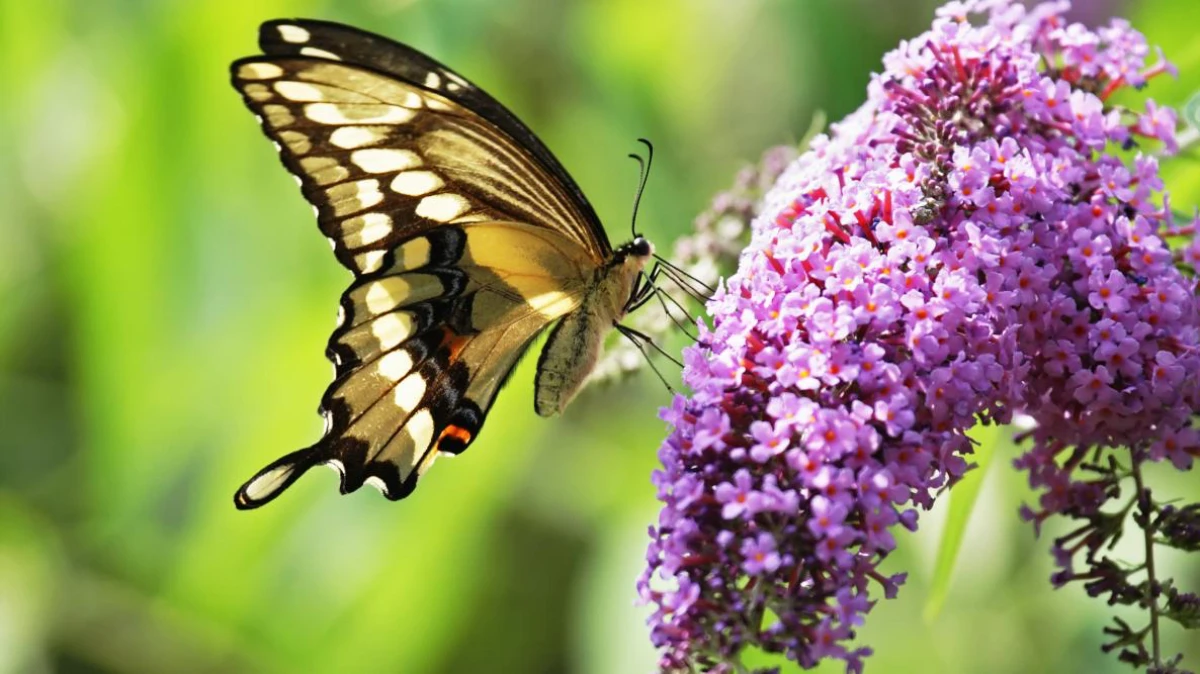
My Go-To Shrubs That Won’t Let You Down
This isn’t just some list I pulled from a catalog. These are the plants I trust, the ones I’ve used in dozens of projects. I know their quirks and what they need to really shine.
1. Indian Hawthorn
My Take: This is my workhorse for a neat, tidy look that rarely needs pruning. It’s an evergreen with glossy, deep green leaves that look great all year round.
The Vitals: It usually grows about 3-5 feet tall and wide and loves full sun to part shade. In really hot climates, a little afternoon shade is welcome. It’s covered in fragrant pink or white flowers in the spring, followed by dark berries for the birds.
Good to Know: It can get a fungal leaf spot in very humid areas, so give it good air circulation. You’ll know it’s thirsty when its glossy leaves look a little dull.
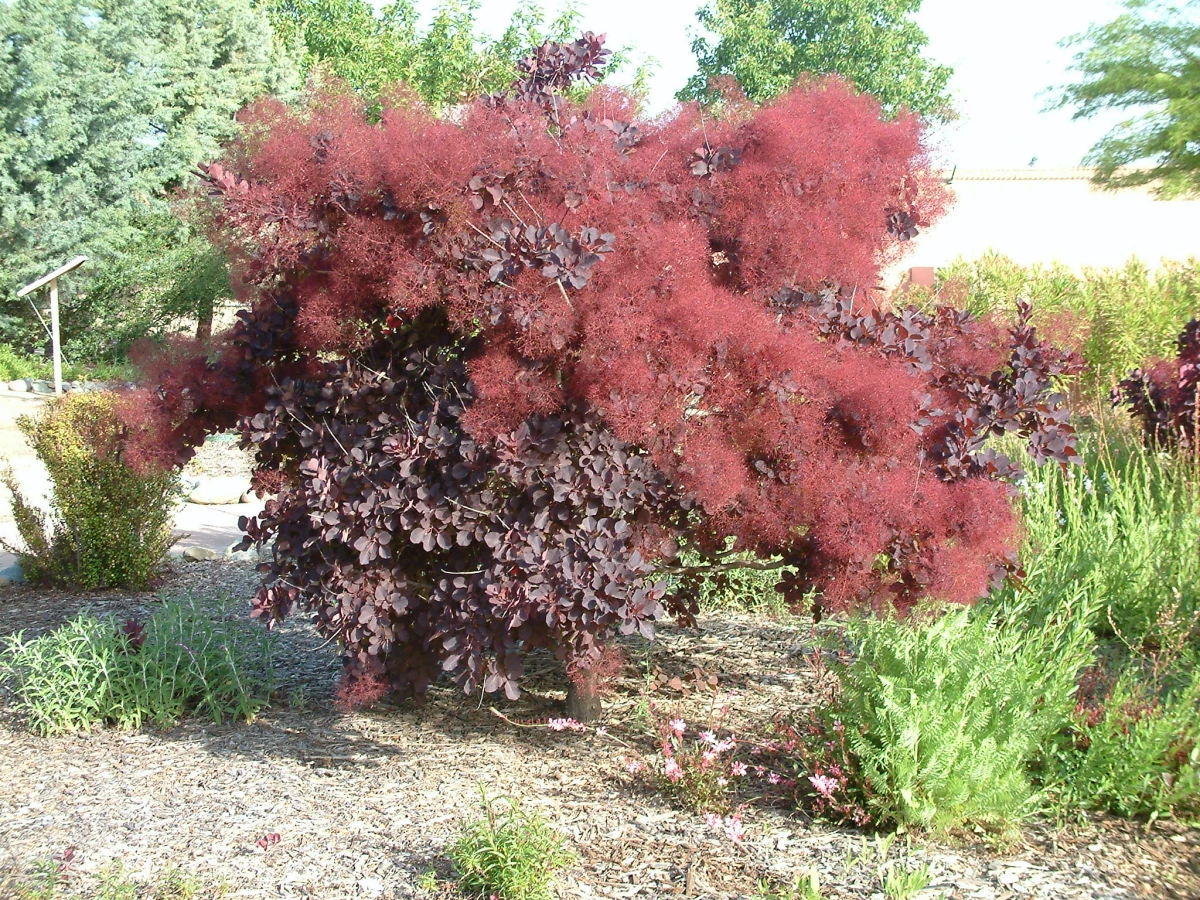
Deer Resistance: Generally considered deer-resistant. They’ll usually leave it alone unless they’re desperate.
2. California Lilac (Ceanothus)
My Take: For gardeners out West, this plant is an absolute superstar. The biggest mistake you can make is loving it too much. I’ll admit, I once killed a gorgeous Ceanothus by putting it on the same drip line as my other plants. I literally watered it to death. That’s how I learned they HATE summer water!
The Vitals: This is a huge group, from groundcovers to large shrubs. They need full sun and excellent drainage. Their best feature is the explosion of brilliant blue-to-purple flowers in spring that pollinators go crazy for.
Good to Know: Once established, they need little to NO water in the summer. Watering them during their summer dormancy can kill them. This is a champ in places like California and Arizona, but it will fail in humid places like Florida.

Deer Resistance: Very deer-resistant. The crinkly, tough leaves are not on their menu.
3. Butterfly Bush (The Good Kind!)
My Take: Okay, a word of caution here. The common butterfly bush is a notorious invasive weed in many parts of the country. I don’t plant it anymore. BUT, plant breeders have given us amazing sterile or non-invasive versions that are perfectly safe to plant.
The Vitals: Look for series like ‘Lo & Behold’, ‘Pugster’, or ‘Miss Molly’. They are smaller, more manageable, and still attract pollinators like crazy. They bloom all summer long with cones of fragrant flowers.
Good to Know: They need full sun and well-drained soil. In colder climates, you’ll want to cut them back hard in late winter to about 6-12 inches. This encourages tons of new growth and way more flowers.
Deer Resistance: Highly deer-resistant. They can’t stand the fuzzy leaves and fragrance.
4. Smoke Bush
My Take: This is a showstopper. I use it when I need some real drama in the garden. The name comes from the huge, wispy, smoke-like flower plumes in summer. The purple-leaved varieties are incredible.
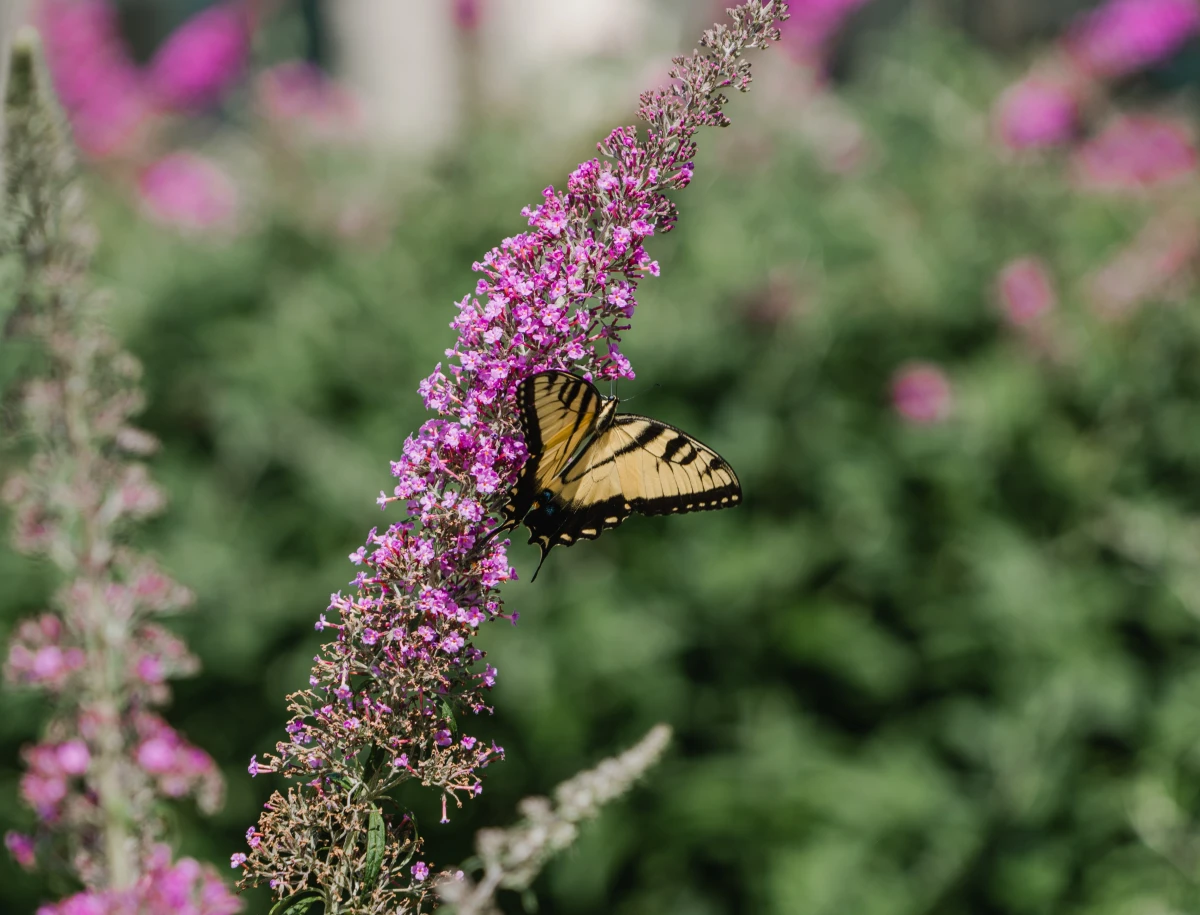
The Vitals: It can get big, 10-15 feet, but is easily kept smaller. The main attraction is the foliage—round leaves in deep purple, gold, or green that get amazing fall color.
Good to Know: For the best foliage, you can cut it back hard to about 6-12 inches each late winter (a technique called coppicing). You’ll sacrifice the ‘smoke’ flowers for that year, but the new leaves will be larger and more intensely colored.
Deer Resistance: Moderately deer-resistant. They might nibble new growth, but generally leave it alone.
5. Virginia Sweetspire
My Take: This is one of my favorite native shrubs, and it’s a fantastic alternative to the invasive Burning Bush. It’s incredibly adaptable and tough.
The Vitals: It’s a mounding shrub, about 3-5 feet tall, with arching branches. In early summer, it has drooping spires of fragrant white flowers. But the real show is the fall color—a jaw-dropping, long-lasting crimson.
Good to Know: It can spread by suckers to form a patch, which is great for covering a bank but might require a little yearly cleanup in a tidy garden bed.
Deer Resistance: Moderately resistant. Deer tend to avoid it, but a hungry one might take a bite.
6. Rosemary
My Take: We think of it as an herb, but in a dry garden, Rosemary is one of the toughest landscape shrubs around. Plus, the smell when you brush past it is just heavenly.
The Vitals: There are upright types that can form a 4-6 foot hedge, and trailing types that are perfect for spilling over a wall. They all need full, blazing sun and sharp drainage. It will rot in heavy, wet soil.
Good to Know: It’s supremely drought-tolerant once established. Prune it after it flowers to keep it bushy, but avoid cutting into the old, thick wood, as it might not grow back from there.
Deer Resistance: About as deer-proof as a plant can get. They hate the strong scent and needle-like texture.
Putting It All Together & Staying Safe
A great water-wise garden is more than just a collection of tough plants. By layering, you can create a fuller look. Put taller shrubs like Smoke Bush in the back, mounding plants like Indian Hawthorn in the middle, and low-growing groundcovers at the front. It creates depth and makes the garden look lush, not sparse.
Heads Up! Call Before You Dig. This isn’t a suggestion; it’s a must-do. Before you dig any hole, call 811. It’s the free national service that contacts local utilities to mark underground gas, water, and electric lines. Hitting one of those can be expensive, dangerous, or even deadly. Just do it.
And finally, be a responsible gardener. Always check your state’s invasive species list before you plant something new. What’s a well-behaved guest in one region can be an absolute menace in another. A quick search can save a lot of future heartache for the environment.
Gardening in dry conditions makes you a smarter, more observant gardener. Work with these amazing plant adaptations, give them a great start, and you can create a beautiful landscape that is tough, resilient, and ready for whatever nature throws its way.
Inspirational Gallery
Think in Textures, Not Just Colors. A truly stunning water-wise garden engages more than just the eye. Combine the soft, feathery foliage of a Russian Sage with the glossy, waxy leaves of a Manzanita. Place a fuzzy Lamb’s Ear next to the sharp, architectural form of a Yucca. This tactile variety creates visual depth and interest that lasts long after the blooms have faded.
According to the University of California, once established, many drought-tolerant native plants can thrive with natural rainfall alone, reducing landscape water use by 60% or more.
This staggering efficiency is why starting with plants adapted to your region is more than a trend—it’s the foundation of a resilient, low-maintenance garden. You’re not just saving water; you’re creating a habitat that supports local pollinators and wildlife with minimal effort.
How do I water a new shrub to make it tough?
Forget light, frequent sprinkling. You want to train the roots to grow deep. For the first year, give new shrubs a long, slow soak once a week during dry spells. Use a soaker hose or let a regular hose trickle at the base for 20-30 minutes. This ensures the water penetrates deep into the soil, encouraging roots to follow it downwards, far from the quickly drying surface. This is the single most important step in establishing a truly drought-tolerant plant.
- Reduces water evaporation by up to 75%.
- Keeps soil temperatures cooler in summer.
- Suppresses weeds that compete for moisture.
The secret to these benefits? A three-inch layer of good quality mulch. Forgo the cheap dyed stuff and opt for natural cedar or pine bark mulch. It decomposes slowly, smells great, and improves the soil as it breaks down.
Wood Bark Mulch: Excellent for retaining moisture and enriching the soil as it decomposes. It gives a natural, soft look to garden beds. Brands like Scotts Nature Scapes offer triple-shredded varieties that knit together well.
Gravel or Pea Stone: A permanent, fire-wise solution ideal for very dry, modern, or Mediterranean-style gardens. It’s low-maintenance but can absorb and radiate heat, so it’s best paired with exceptionally heat-tolerant plants like sedums and agaves.
For most gardens, wood bark is the winner for soil health, but gravel is a superb stylistic and practical choice in the right setting.
Hold the fertilizer: One of the most common mistakes is killing tough shrubs with kindness. These plants are adapted to thrive in lean, average soil. Applying high-nitrogen fertilizers encourages lush, weak, and thirsty new growth that will be the first to wilt in a heatwave. A small amount of a balanced, slow-release organic fertilizer like Espoma Plant-tone at planting time is all they’ll ever need.
Go small to grow big. A vigorous one-gallon plant will often outperform a root-bound five-gallon plant within two years.
Create a garden that smells as good as it looks. The intense oils in the leaves of many drought-tolerant shrubs are a defense against water loss, and they release incredible fragrance in the heat. Group plants like Rosemary, Lavender, and various Sages (Salvias) along a path where you’ll brush past them, releasing their aromatic oils for a truly Mediterranean sensory experience.
For a true ‘set it and forget it’ approach, consider a drip irrigation system. Unlike sprinklers that lose a huge amount of water to evaporation, drip systems deliver water directly to the plant’s root zone. A starter kit from a brand like Rain Bird or DIG is a weekend DIY project that pays for itself in water savings and healthier, more resilient shrubs.
Don’t be afraid to prune. Many tough shrubs, like Texas Sage (Leucophyllum) or Ceanothus, respond well to a hard pruning every few years after their main bloom. This practice, often done in late winter or early spring, removes woody older growth and encourages a fresh flush of new stems, resulting in a fuller shape and more abundant flowers the next season.










